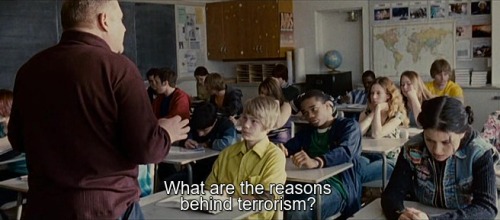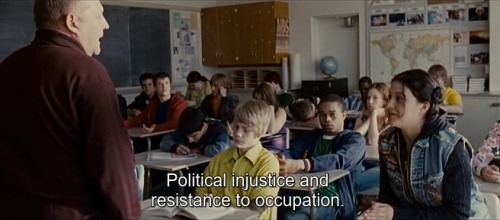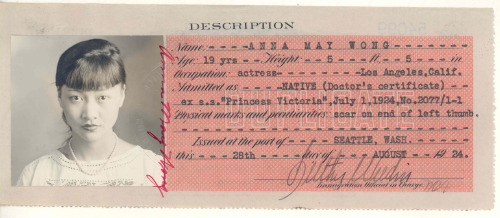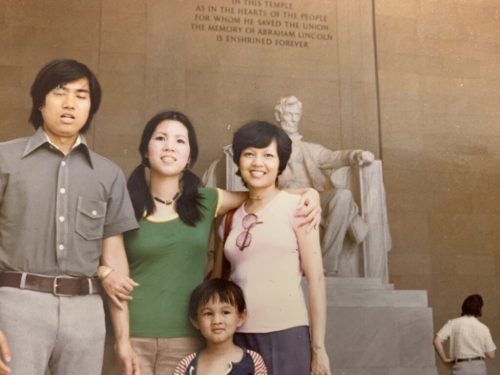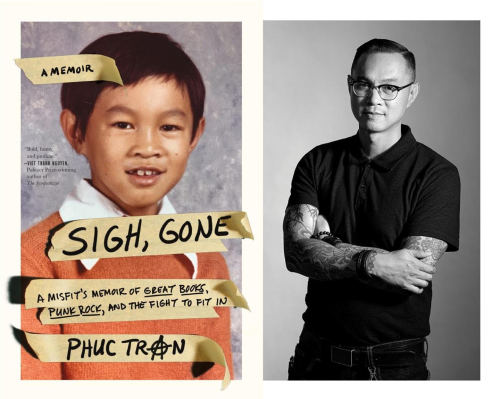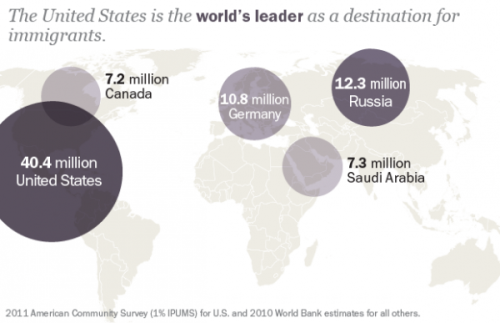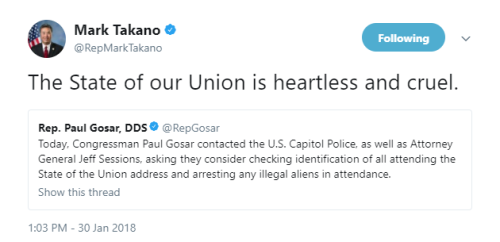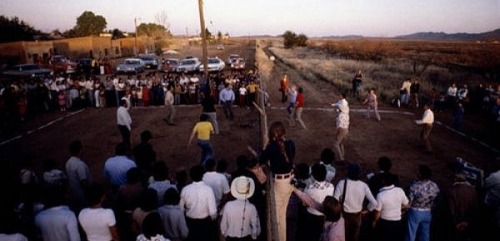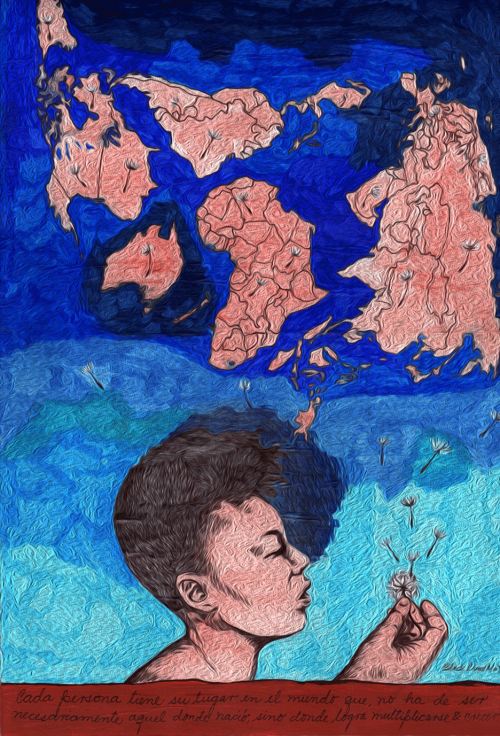Stephanie Alvarez was born in Cali, Colombia in 1994. When Stephanie was only six months old her parents uprooted their lives and headed to the United States. As cooks, her parents found jobs in Providence in the culinary field and struggled to offer their children a better life in the United States.
“Well like a lot of other people, they came for the search of better jobs, and a better place to raise a family. They chose [Rhode Island], I think, because they heard a lot about economic opportunities, and it was a small state and seemed like a good place to settle.”
Settling in Central Falls, Stephanie was raised with Colombian values infused in her life. Although she does not remember Colombia, she still identifies with Colombian culture, largely in part because of her mother’s influence. She was taught Spanish as her first language and is proud to be bilingual.
“Growing up in Rhode Island was great, but it was really hard. My first language of course was Spanish, my parents knew next to no English; so going to school was really tough without knowing English. I got made fun of a lot for my heritage, and as a child that really affected me.”
Stephanie is currently a student at the Community College of Rhode Island and hopes to transfer to Providence College to pursue her dream of becoming a pediatric surgeon.
When she is not in school or working full time as a Certified Nursing Assistant at Waterview Villa Nursing Home in East Providence, Stephanie is taking care of her two-year-old son, Christopher, whom she refers to as “the absolute joy in my life”. She is raising him to be bilingual; with a strong sense of Latino values that she believes played such a pivotal role in her life.
Stephanie hopes to one day be able to travel back to Colombia to see the rest of her family, especially her older brother. Her parents did not have the financial means to bring the entire family to the United States and had to make the hard decision to leave Stephanie’s older brother back in Colombia as the rest of the family went to Rhode Island.
Since Stephanie left Colombia at such an early age, she does not actually know her older sibling personally, but rather has a relationship with him through social media. This has a deep impact on Stephanie who wants nothing more than to have her family in its entirety together in the United States. “You know, we have been trying [to bring family members to the United States] for a really long time. It has been a long and tedious process, hopefully one day it will happen.”
Stephanie feels a special bond with other immigrants in Providence, regardless of their home country. She is proud to be an immigrant and loves that Providence fosters such an open environment to all foreign-born individuals. She hopes to see a continuation of this cohesiveness between the immigrants in Providence and is glad that she can be a part of it. Stephanie’s ultimate goal is to see a world in which immigrants are totally accepted for who they are.
“When you first come here to America, it’s going to be really hard. It’s still hard for my family. So I think if we all work harder, then we can be a more welcoming community.”
Stephanie hopes that one day equality with reign over prejudice. She wishes this not only for herself, but for her young son Christopher as well.
“As he is growing up, I just want him to have opportunities; opportunities to be who he wants to be, and [to] grow up in a safe environment. I don’t want him to be judged or stereotyped as different…I want a Rhode Island that will welcome him. That will be supportive of him. Not just for him, but for everyone. I don’t want him to be judged, or looked at differently. That’s the Rhode Island I want for him”.
Written and compiled by Melissa Keiser and Michael Finnerty
Post link
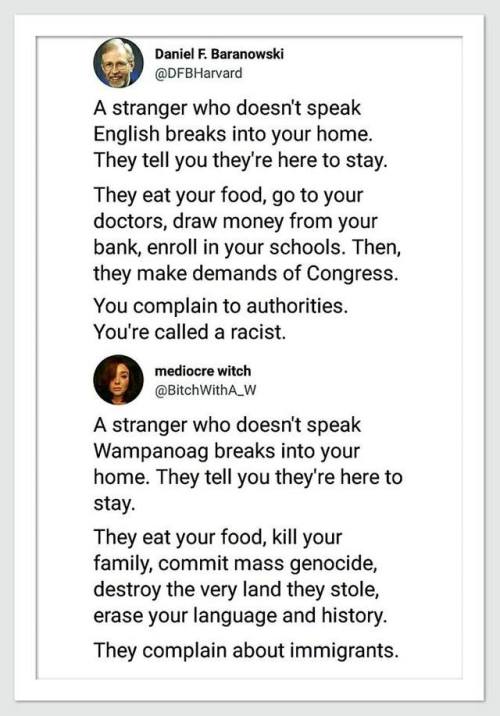
![Exil [Exile] (Visar Morina - 2020) Exil [Exile] (Visar Morina - 2020)](https://64.media.tumblr.com/682149c701c5bcad056abacd7233b0c0/03c055758477b8b6-55/s500x750/7d60cb16ce9b186b0feee56fcdfa7f92199c79b6.jpg)
![Exil [Exile] (Visar Morina - 2020) Exil [Exile] (Visar Morina - 2020)](https://64.media.tumblr.com/95c3f69e8ef2493b0b5532162048809b/03c055758477b8b6-9c/s500x750/024850a3bff0a0df7027d29afc2e7e011592daf3.jpg)
![Exil [Exile] (Visar Morina - 2020) Exil [Exile] (Visar Morina - 2020)](https://64.media.tumblr.com/dd9f7b4eba9bc796b2f8548bdc447f73/03c055758477b8b6-58/s500x750/0cf780c5f4544533958ed91d10749f55dc6f7ac0.jpg)
![Exil [Exile] (Visar Morina - 2020) Exil [Exile] (Visar Morina - 2020)](https://64.media.tumblr.com/7419078db2e783cf74c9a6adebc1ca8a/03c055758477b8b6-ef/s500x750/99b3cffeea264c157fc74d5ae4eed5d62417c358.jpg)
